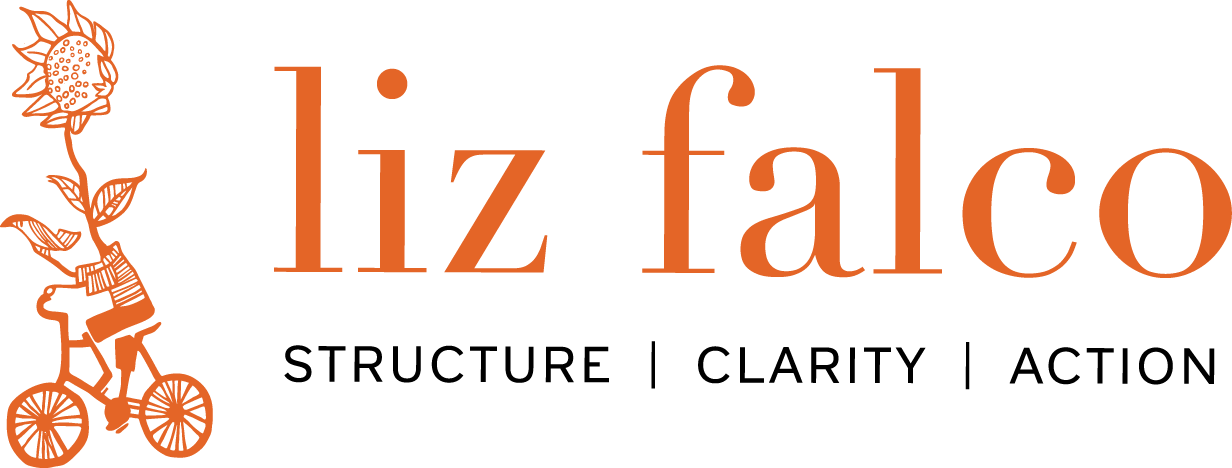As educators, most of us have been ‘going to school’ since the age of 4 or 5 and September is probably more representative of New Year’s than January, including the opening day festivities, the fresh-start attitude, and of course, New Year’s resolutions.
One late summer, I had the opportunity to work with educators at Tyndale St.-Georges Community Centre as part of their preparations for the upcoming school year. One of their “New Year’s resolutions” was to identify and commit to their priorities and bring focus to their daily work with students – a common challenge for educators, given the multi-faceted nature of the work, the range of student needs, and limited time.
Here are a few points we discussed that I believe all educators could benefit from:
Confirm Priorities
Educators need to take time to fully reflect on their priorities for the year. Discuss and refine them with supervisors and colleagues, and refine them further once you know your students better as this will help you make sound choices. And it’s important not to have too many – two or three is probably feasible; beyond that, it is difficult to make progress on any of them.
Create a Mantra for your school or classroom that reflects your priorities. A mantra should be short and easy to remember and repeat, bring clarity to what you’re trying to achieve and reflect your organization’s mission but be concrete and ‘touchable’ for all involved. You could create a monthly mantra or keep the same one for the semester or an entire year. For example, a mantra for a grade 2 classroom that I’ve seen is posted as I do, You do, We do; a grade 9 classroom might have a mantra such as: “Being Independent and Responsible”. Consider working with your students to create the mantra as this may bring more ownership and ‘stickiness’ to the follow-through.
Share your Mantra
Once you’ve created your mantra, share it with everyone: students, faculty and staff, administrators, and parents. It needs to become part of your regular vocabulary – post it on the classroom door or wall, use it as part of your letterhead when writing to parents and refer to it in conversations. If everyone who has contact with your students is aware of your mantra and priorities, there is a better chance that their actions will support your goals. In essence, to optimize the power and effectiveness of your mantra, it needs to be stated and stated often. Continually referring to it also helps you stay focused on it and less apt to be pulled in by other distractions.
Your Mantra as an Assessment Tool
You can use your mantra as one (of many) assessment tools to gauge how well you are sticking to your priorities and to measure your students’ progress. Are you creating a learning environment that supports your mantra? What has worked, what hasn’t? Are your students ‘living’ your mantra? Why or why not? Asking these questions regularly will help you stay on track, adjust your approach where necessary, and allow you and your students to feel a sense of progress and accomplishment.
Please be in touch – I’d love to hear if you’ve created a mantra for your classroom, and what tips you have for making it work!





